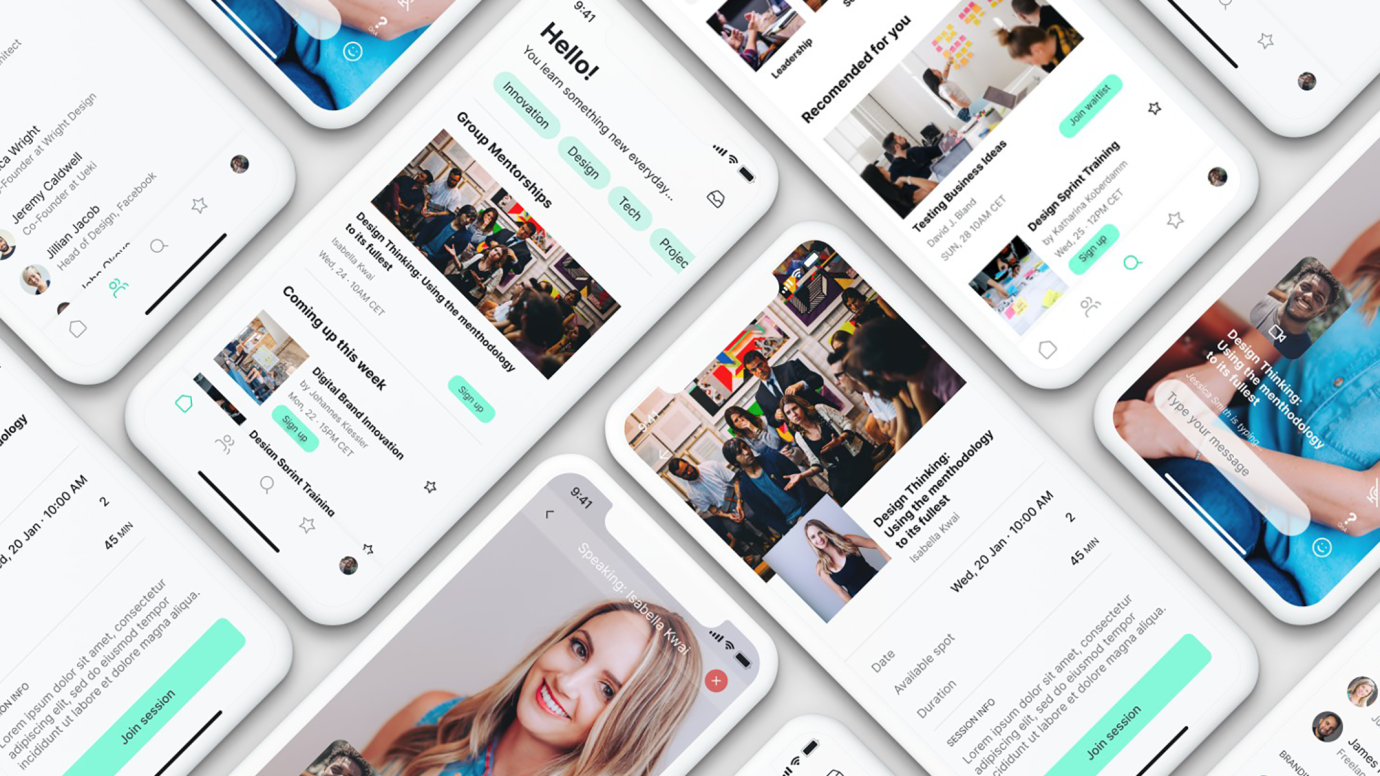Click Info Track: Your Daily Dose of Insights
Stay updated with the latest trends and information across various topics.
When Buttons Become More Than Clicks
Discover how buttons can transform user experience and engagement beyond simple clicks—unleash their true potential today!
The Psychology Behind Effective Buttons: How Design Influences User Behavior
The design of buttons plays a crucial role in influencing user behavior on websites and applications. Psychologically, users respond to specific visual cues that signify action. For instance, colors can evoke emotions and associations; a red button may suggest urgency, while a green button often conveys safety and approval. Additionally, the shape and size of a button can also affect how likely users are to click. A larger, rounded button tends to feel more inviting than a small, sharp-edged one, prompting users to engage more readily with the content. Understanding these design principles allows designers to create buttons that not only attract attention but also drive desired actions.
Moreover, the placement of a button on a page significantly impacts its effectiveness. Research indicates that users typically follow a certain visual hierarchy when scanning a website. Placing buttons where the user's eye naturally falls can lead to higher engagement rates. For example, buttons positioned in the 'F-pattern' layout, which is how many users read online content, can capitalize on user attention. Implementing these strategies, such as using clear labels, consistent branding, and intuitive design, ultimately increases the likelihood of user interaction and conversions, demonstrating the profound effect design has on user psychology.

Beyond the Click: Understanding the Importance of Call-to-Action Buttons
In the digital landscape, Call-to-Action (CTA) buttons serve as pivotal elements that guide users toward desired outcomes. Rather than merely being an optional accessory, these buttons are essential tools that enhance user experience and drive engagement. A well-crafted CTA button can significantly influence consumer behavior, leading to higher conversion rates and increased customer retention. According to recent studies, effective CTAs can boost click-through rates by as much as 371% when compared to their weaker counterparts.
Understanding the psychology behind Call-to-Action buttons is crucial for optimizing your blog or website. To create compelling CTAs, consider using persuasive language that prompts immediate action, such as 'Subscribe Now' or 'Get Started Today.' Additionally, the placement and design of these buttons are vital; they should be visually striking and easily accessible. Implementing A/B testing can further refine your approach, allowing you to analyze which variants resonate best with your audience and improve overall performance.
Are Your Buttons Delivering Value? Exploring Engagement Beyond Clicks
When evaluating the effectiveness of your buttons, it's crucial to look beyond mere clicks. While clicks can provide important metrics about user interaction, they don't necessarily indicate if the user found the content valuable or engaging. Consider assessing engagement through metrics like time spent on page, scroll depth, and subsequent actions taken after a click. These indicators can reveal whether your buttons are not just attracting attention but are also leading to meaningful interactions that enhance the overall user experience.
To better understand the value your buttons deliver, you might want to employ qualitative methods such as user feedback or A/B testing. Implementing techniques like surveys or direct feedback can highlight how users perceive the usefulness of your buttons. Additionally, an A/B test comparing different button designs or placements can provide insight into which variations drive deeper engagement beyond clicks. Ultimately, shifting your focus to engagement metrics can transform your understanding of user behavior and help you refine your digital strategies for greater impact.